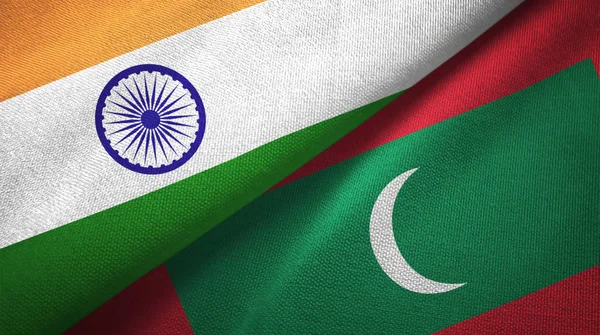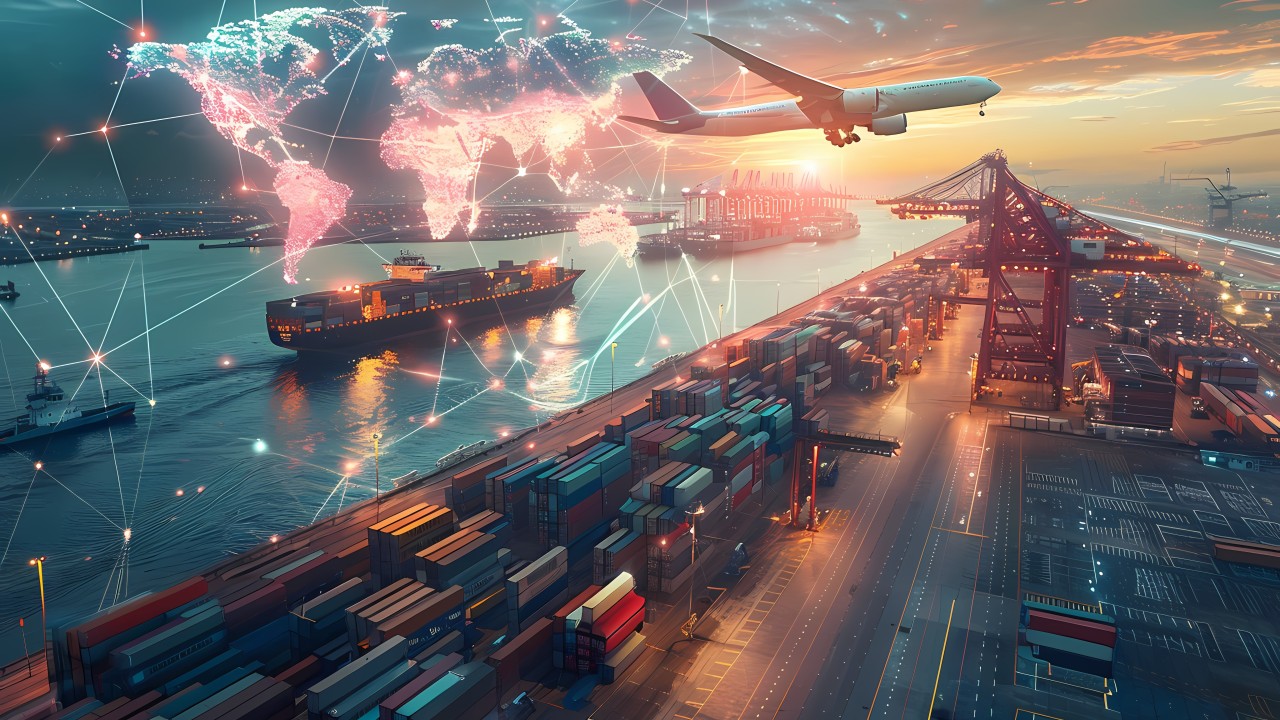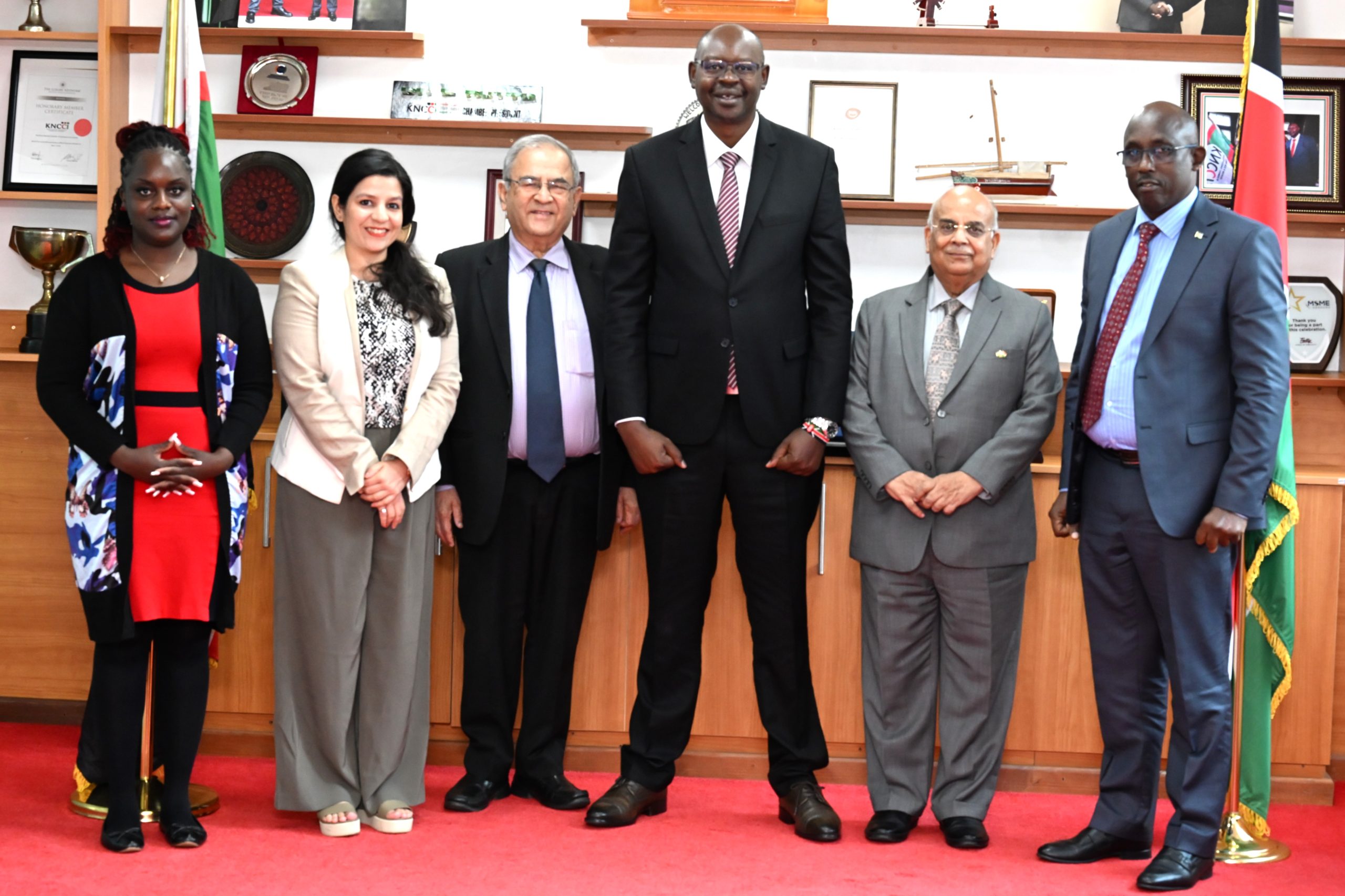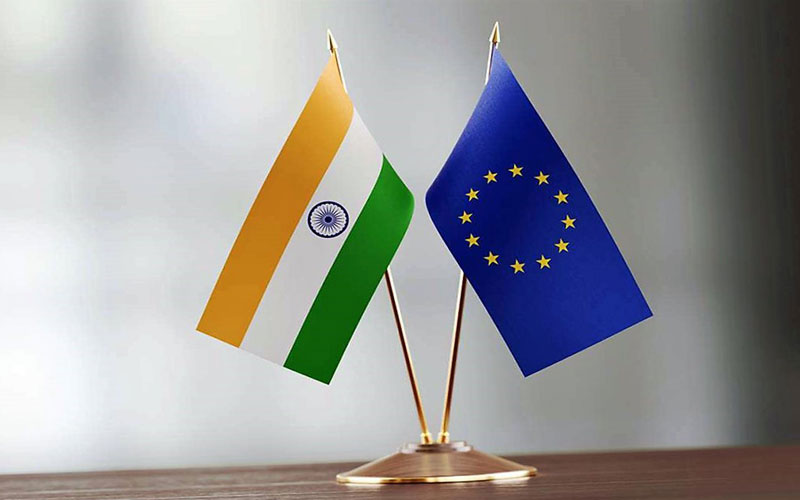India–Maldives FTA 2.0: Turning a Fragile Pact into a Future Trade Corridor

In a world where geopolitics increasingly shapes trade, the revival of the India–Maldives Free Trade Agreement (FTA) is more than a routine economic gesture. Originally signed in 1981, this early bilateral FTA between India and the Maldives was a product of goodwill and proximity. Four decades later, it finds new relevance as a potential maritime trade corridor, anchoring India’s strategic depth in the Indian Ocean.
But with diplomatic undercurrents unsettling once-stable ties, the question looms: can India convert this FTA into a durable platform for trade-led stability and MSME-driven growth?
From Treaty to Trade Corridor
India’s evolving vision in the Indian Ocean Region (IOR) articulated through the SAGAR doctrine (Security and Growth for All in the Region) and the Neighbourhood First Policy places economic corridors at the centre of regional diplomacy. The Greater Malé Connectivity Project (GMCP), India’s largest infrastructure grant abroad at $500 million, is emblematic of this shift from transactional aid to transformational partnerships.
But this isn’t just about bridges and roads it’s about corridor economics. Ports like Gulhifalhu and Thilafushi are being reimagined as nodes in a South Asia–IOR logistics network connecting Indian ports like Tuticorin, Kochi, Vizhinjam and Chennai. These physical linkages can act as launchpads for value chains that integrate small Indian businesses into Maldivian sectors like tourism, fisheries, green energy and digital trade.
Trade Amid Tensions
India’s ambition to nurture the India–Maldives corridor comes at a complex time. Since President Mohamed Muizzu assumed office in late 2023, pro-China signals from Malé such as reviving “India Out” rhetoric, halting some defence cooperation and allowing Chinese research vessels to have unsettled New Delhi.
Yet India has exercised strategic patience. It has kept infrastructure projects on track, quietly integrated Maldivian ports into its National Logistics Portal – Marine, and maintained supply lines for essentials like food, medicine and construction material. These are foundational relationships, not dictated by electoral cycles but by geography and long-term national interests.
India’s approach stands in stark contrast to China’s debt-heavy BRI engagements. Through Lines of Credit, grants and blended finance models, India is ensuring its footprint in Malé is demand-driven, not dependency-driven.
MSMEs: The Quiet Engine of Cross-Border Integration
While diplomatic circles may focus on naval positioning and infrastructure scale, the India–Maldives FTA 2.0 holds special promise for India’s MSMEs, particularly those based in coastal states.
Emerging Opportunities:
- Ship repair, cold chain and marine logistics services at emerging Maldivian ports
- Green construction materials, such as fly-ash cement and solar-integrated panels
- Digital logistics solutions- SaaS for port compliance, cargo tracking and fintech for customs
- Tourism-linked exports- organic wellness products, furnishings and Ayurveda kits
- Green hydrogen consulting- electrolyser supply chains and pilot partnerships
India’s Unified Payments Interface (UPI) and RuPay already function in the Maldives. Extending this digital financial infrastructure can reduce compliance friction and enable small businesses to scale cross-border faster and cheaper.
A Strategic Bet Worth Making
The India–Maldives FTA, once dormant, now stands at a critical juncture. It can become a linchpin of India’s Indian Ocean policy not just for managing China’s expanding influence but for offering a positive vision of connectivity, clean trade and inclusive growth.
For policymakers, it’s a test of economic statecraft. For MSMEs, it’s a frontier of new markets. And for the broader Indo-Pacific, it’s a signal that India will lead through partnership, not patronage.
Trade is no longer just an outcome of diplomacy it is diplomacy. And the Indian Ocean, once seen as a zone of contestation, may well emerge as India’s corridor of convergence.











